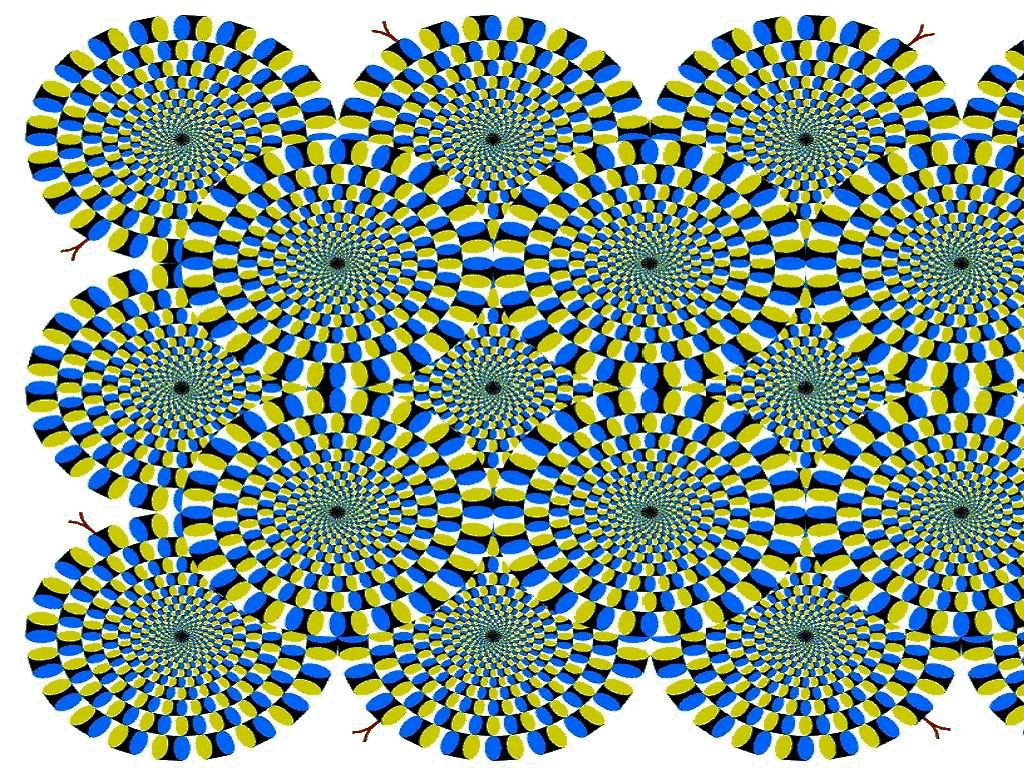1.This precedent applied to me because of the illusion it creates, making the circles appear like their spinning. I like it because there must be some sort of structure or or order about it for the pattern to create this illusion.
2.This image shows a series of lines that progress and change. I like the lines that gradually change angles and eventually break apart. The contrast of the black and white is also appealing .
Monday, 25 July 2011
Sunday, 17 July 2011
Algorithm
Algorithm
· First find the center of the paper by bisecting both the length and width side of the paper. This should let you find the half waypoint on both sides. Draw two straight lines where these to half waypoints are (from one side to the other side of the page). Where the two lines meet should be the exact center of the paper.
· Use a compass to draw a circle in the center point that was found. The circle radius should be 40mm.
· There will be four points touching the circumference of the circle from the to straight lines that were drawn. Draw a circle on each of these points. These circles also have a radius of 40mm. Four circles will be draw be drawn in total excluding the center circle.
· Now there are many points that touch the circumference of the center circle from the circles that were just drawn around it. There are 8 new points on the circle. Draw a 40mm radius circle for every point that crosses the path of the center circle.
Repetition
· Choose one of the straight lines that were drawn first (horizontal or vertical). From the center point measure 160mm (left or right) along the line that was chosen and make a point. This is the point where the algorithm is repeated. Do this on every point (horizontal and vertical with left and right)
· There will be four new circle structures surrounding the existing one. Apply the first step to the new circle structures that have been made.
· Repeat this with each structure made and the pattern will be created.
Placement For Repeatition

Placement of the repetition was important because if the shape was placed to close together then it looked to chaotic and if they were to far apart then the shpae looked to separate. The one above was a good balance of chaotic and separate. it make a interesting and diverse pattern when the to overlap.

With the placement of these shapes i feel they are to far apart making them more of to different objects as a pose to being one whole pattern.

The placement of these shapes were much to close together. they distort one another making it hard to read and understand. There is to much overlapping which makes it look to chaotic and confusing
Pattern Development
I Took the concept further by experimenting with different spacing of the circles. This created some visually stimulating draws. They created interesting curves and shapes just by simply moving the placement of circles and the amount of circles i have used.

This is the first concept i had come up with. I used a series of circles (all the same size) and placed them in ordered and arranged places.
Experimental Pattern - Physical Models and Ideas

This was my first physical model that I made. I used a piece of aluminum wire and bent it with my hands. I bent the wire into a series of pentagons ranging from large to small. First i started with the largest pentagon. With each bend i made the angle 72 degrees which there fore created a pentagon. The biggest Pentagon measures 60mm before each bend is made in the wire. The next pentagon is 15mm short then the previous pentagon. This process is repeated 5 times creating a series of pentagons from large to small.

This is a simple experiment using paper. I cut paper into section. Each section has a different width and height and the arranged from longest and widest to shortest and thinnest. It Creates a nice pattern and could be developed.
This is the same pattern as above but developed a little further to provide an idea of where it could lead to. Every second row has been flipped which makes the pattern more interesting and diverse. This is just one example of development.

It is an interest pattern that was an accidental discovery. It is something that most people would past off but i makes quite a nice pattern. It was the piece of paper that held my pad and paper together. This could be developed further.
Subscribe to:
Comments (Atom)






